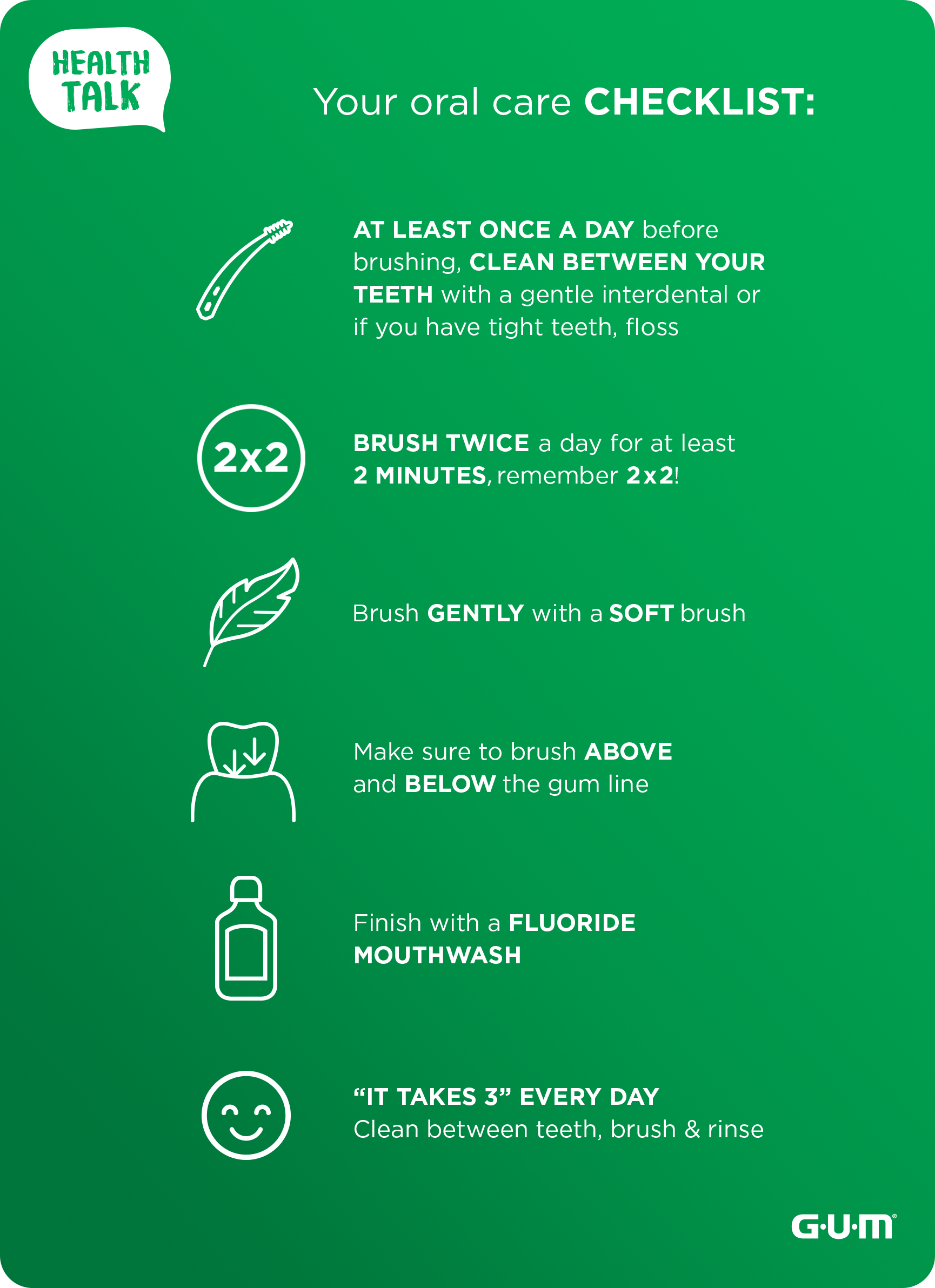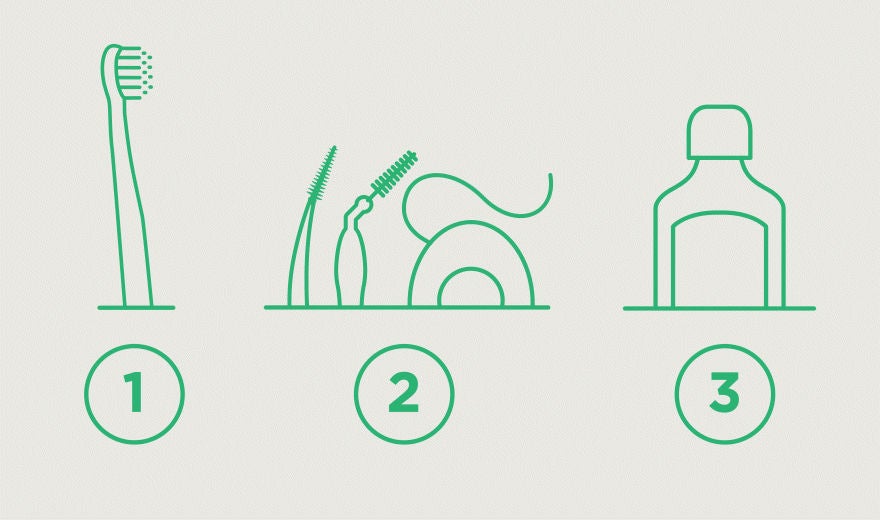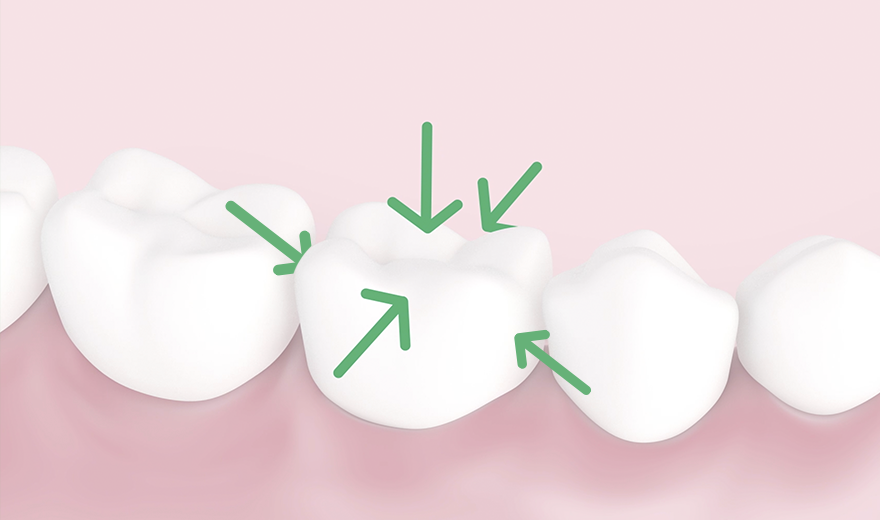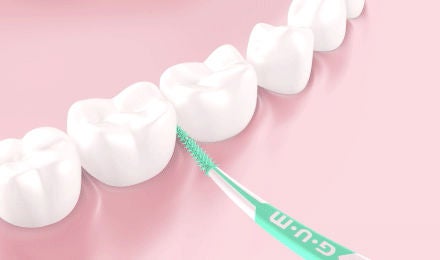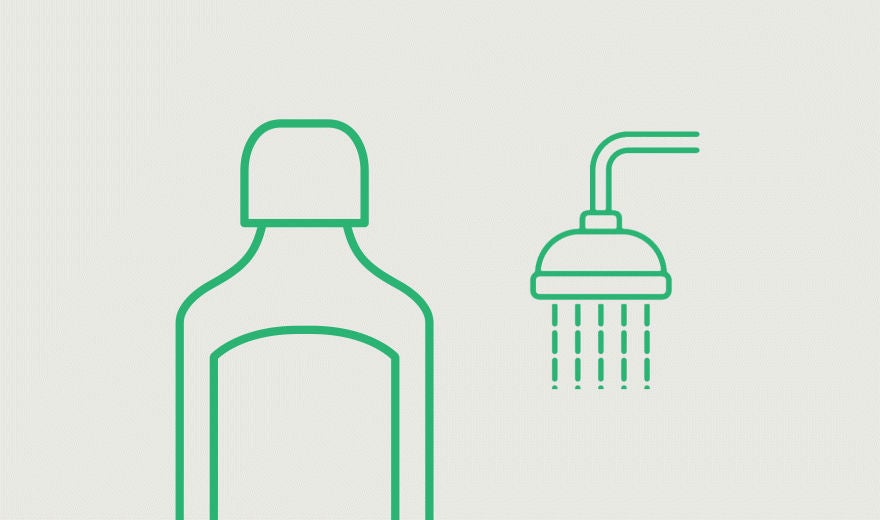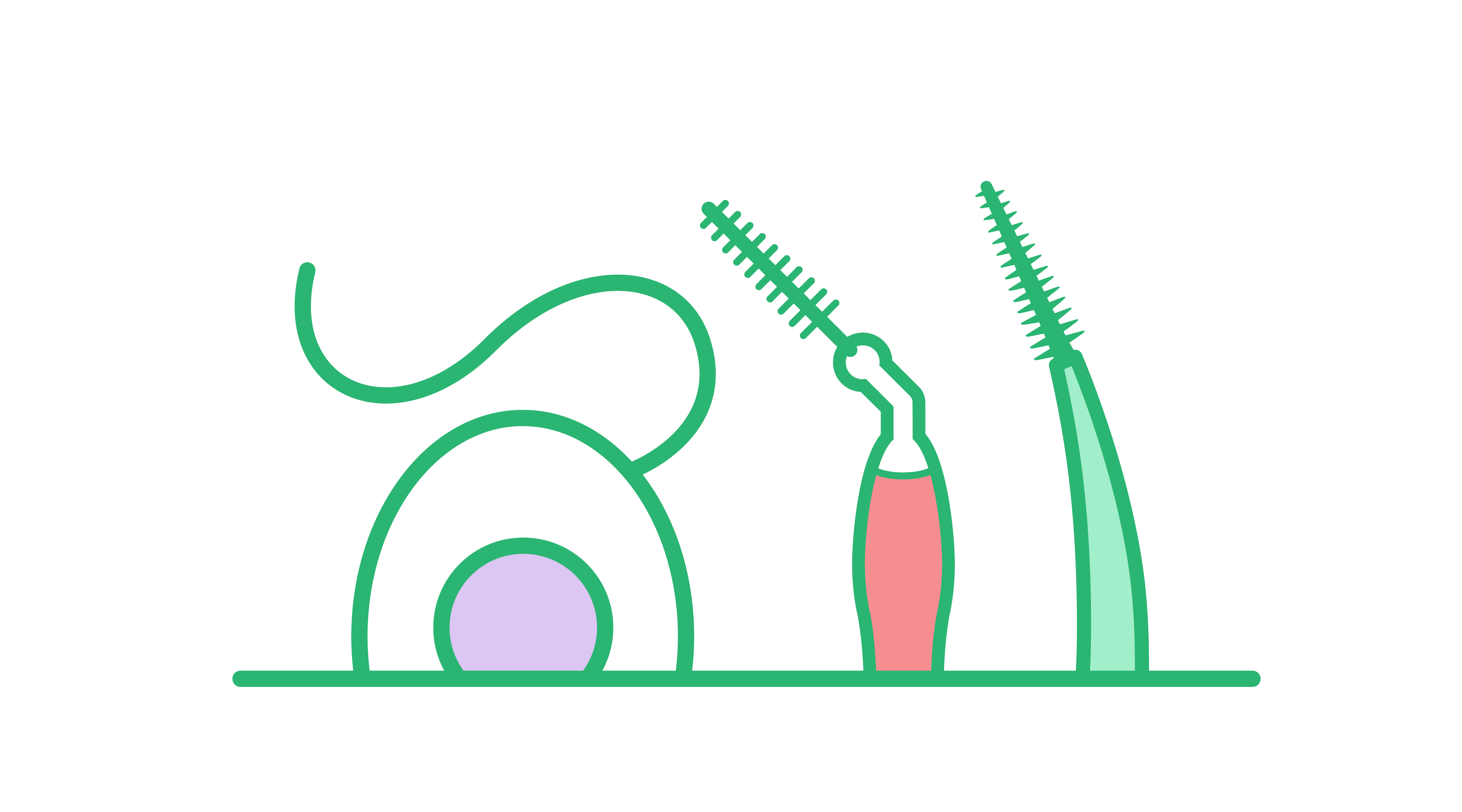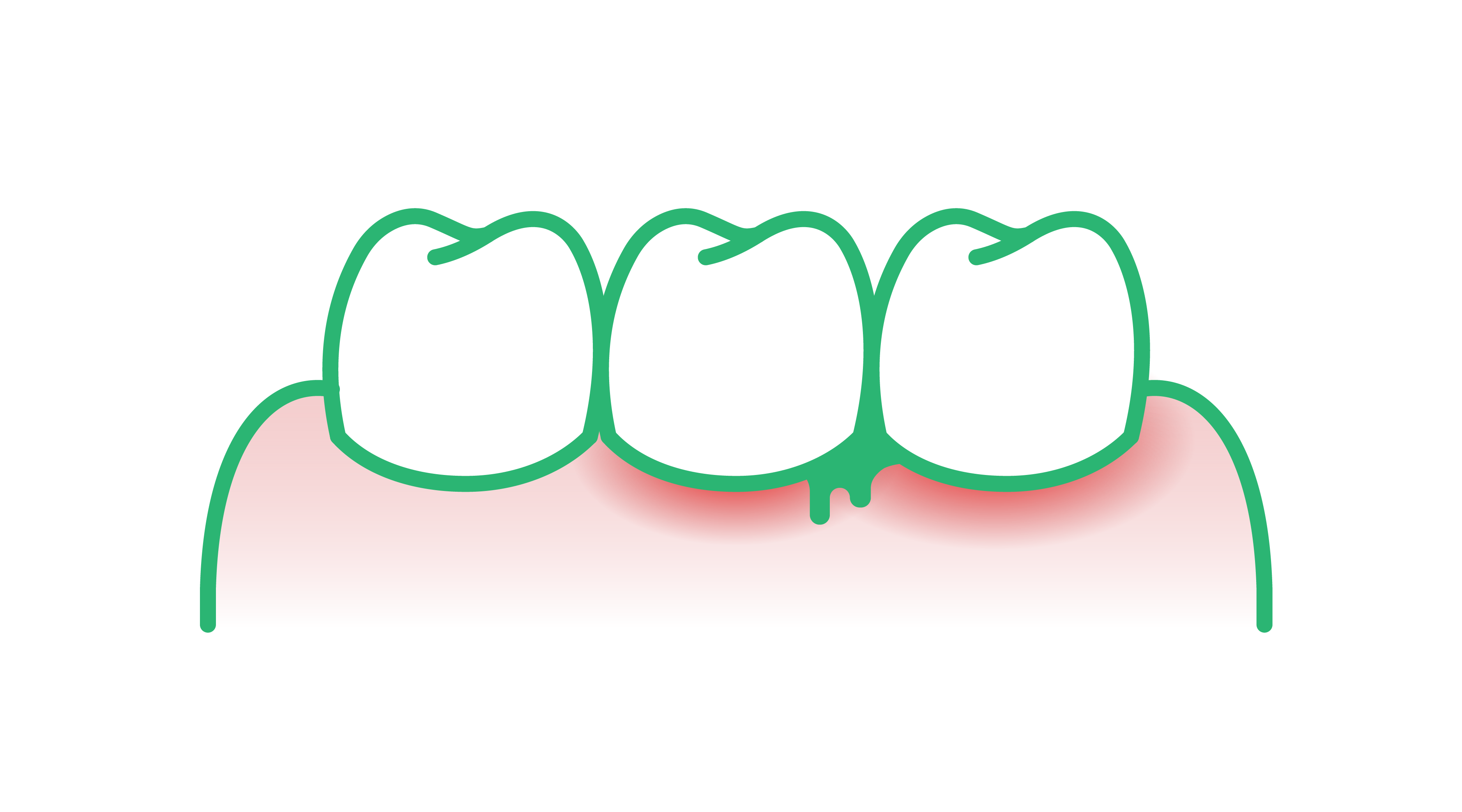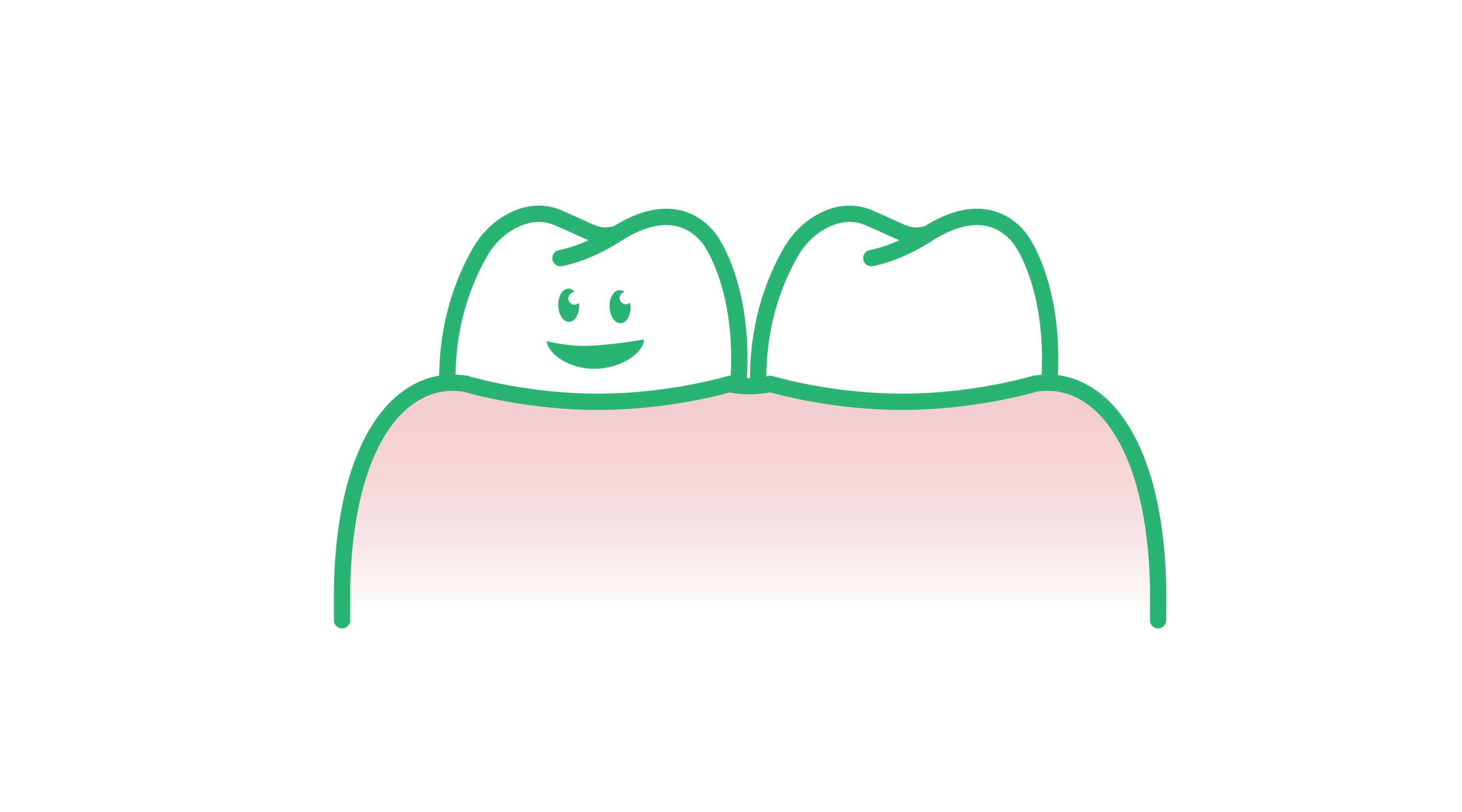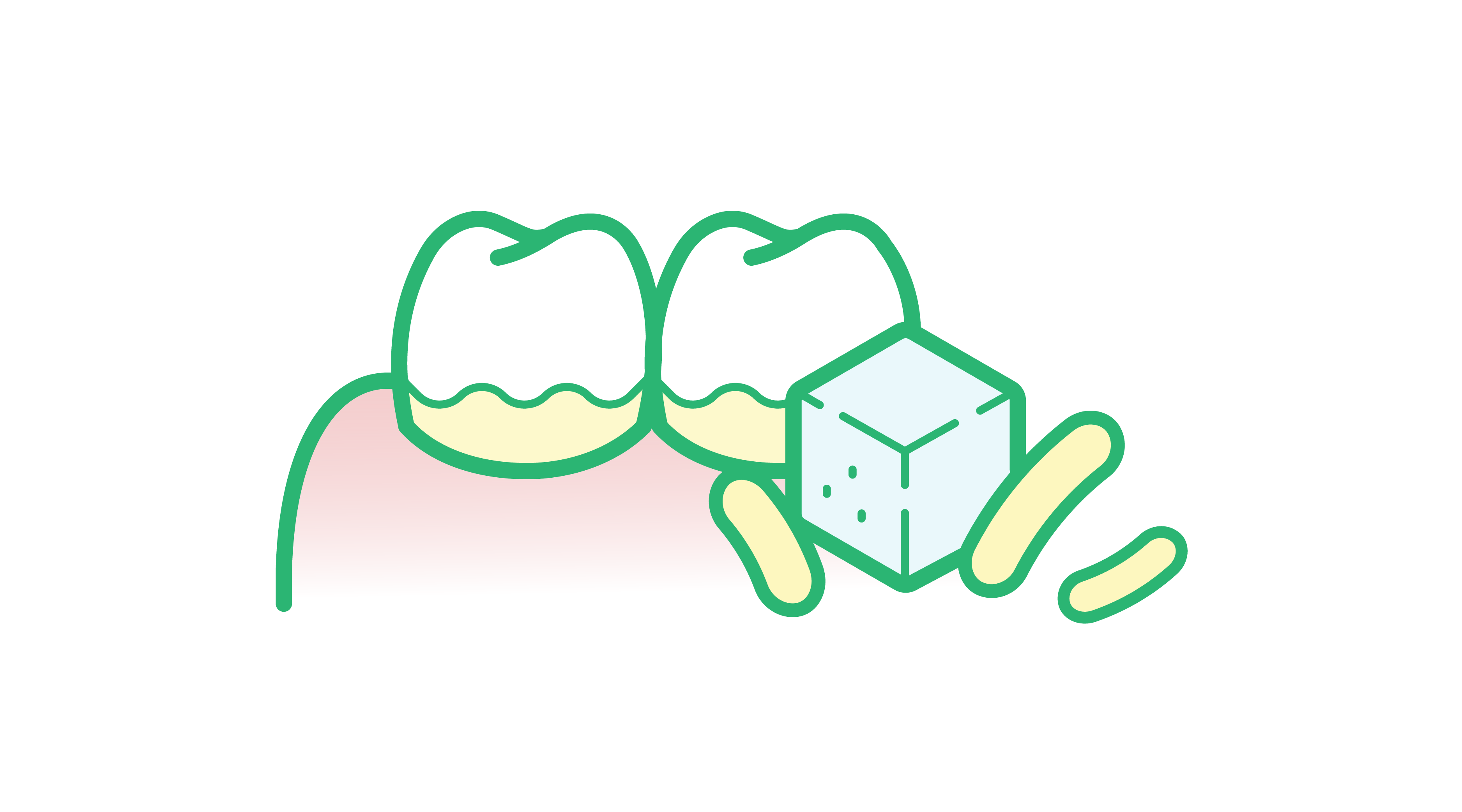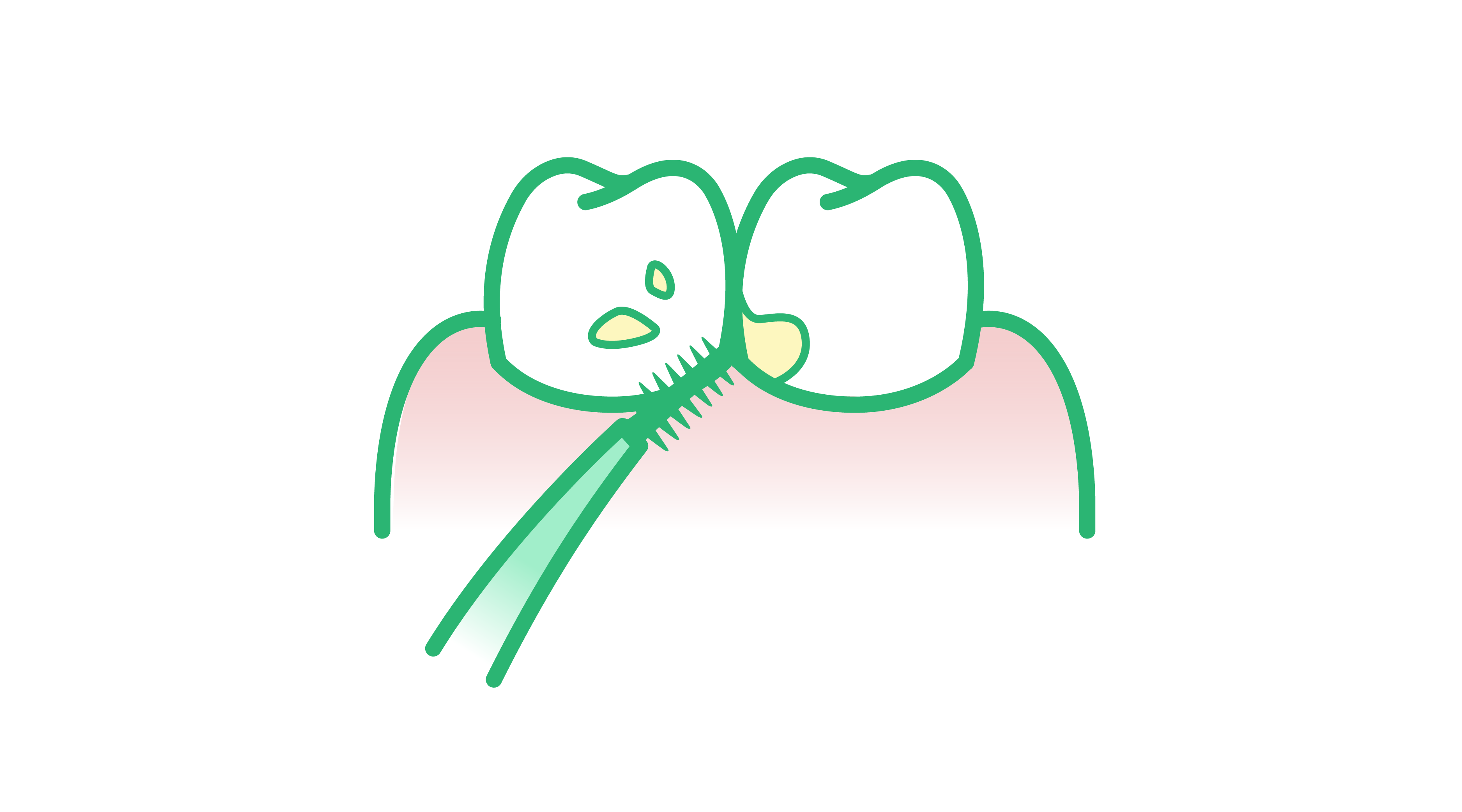How to Get the Most Out of Your Oral Hygiene Routine
Good health begins with good oral care.

Like all other areas in your body, there are bacteria in your mouth - some good, some bad. Proper oral hygiene can help you keep good bacteria and get rid of the bad ones that cause plaque build-up and damage your gums and teeth. Oral health into ripe old age is important for a healthy body. Did you know that healthy gums prevent bacteria from entering the blood stream, travelling inside your body, causing inflammation and affecting your overall health? You can help keep your oral and general health optimal with daily brushing, interdental cleaning and rinsing.
Want to get the most out of your oral care routine? Watch our video and find out how! Remember that, while a complete oral care routine will benefit everyone, we all have different needs that call for the help of a professional. This is why you should visit your dental professional twice a year for a professional cleaning and personalized care.
What are the signs of poor oral hygiene?
Recognizing the signs of poor oral hygiene is essential for maintaining a healthy mouth and preventing more severe dental issues. Common indicators include:
Plaque and tartar buildup: Plaque is a sticky, colorless film of bacteria. If not removed, it can harden into tartar, which is more difficult to clean and can cause gum disease.
Bad breath (halitosis): Persistent bad breath, not related to food, can be a sign of accumulated bacteria and decaying food particles in your mouth.
Tooth pain or sensitivity: Discomfort or sharp pain when consuming hot, cold, or sweet foods may signal cavities or enamel erosion.
Discolored teeth: Yellowing or stained teeth can result from poor oral hygiene, certain foods, or tobacco use.
Bleeding or sore gums: This can indicate gingivitis, an early stage of gum disease.
Receding gums: When gums pull away from the teeth, it can be a sign of advancing gum disease.
- Mouth sores or infections: Persistent sores, spots, or lesions in the mouth can be signs of oral health issues.
Are you getting the most out of your oral care routine? Watch our video to learn more.
4 Steps to Establish a Great Oral Hygiene Routine
Which oral hygiene products should I use?
Know when to visit the dentist
According to the American Dental Association (ADA), the following symptoms may indicate a need to visit to the dentist.
Experiencing pain or discomfort in your teeth, jaws, or gums is a clear signal to seek immediate dental attention, as these symptoms could indicate underlying issues such as tooth decay or gum disease. Sensitivity to hot or cold foods and drinks also warrants a professional evaluation, as it often suggests dental problems.
Other key indicators include bleeding gums during brushing or flossing, persistent bad breath, or a dry mouth, which can all be signs of gum disease or deeper oral health issues. Noticeable changes in your mouth's appearance, such as sores, patches, or lumps, or any alterations in your bite or the fit of your dentures, should prompt a dental consultation.
Despite the absence of symptoms, regular dental check-ups and cleanings are essential for preventing oral health issues and maintaining a healthy mouth. Proactive dental care helps in early detection and treatment of potential problems, ensuring long-term oral health.
A FEW THINGS you may be wondering about:
